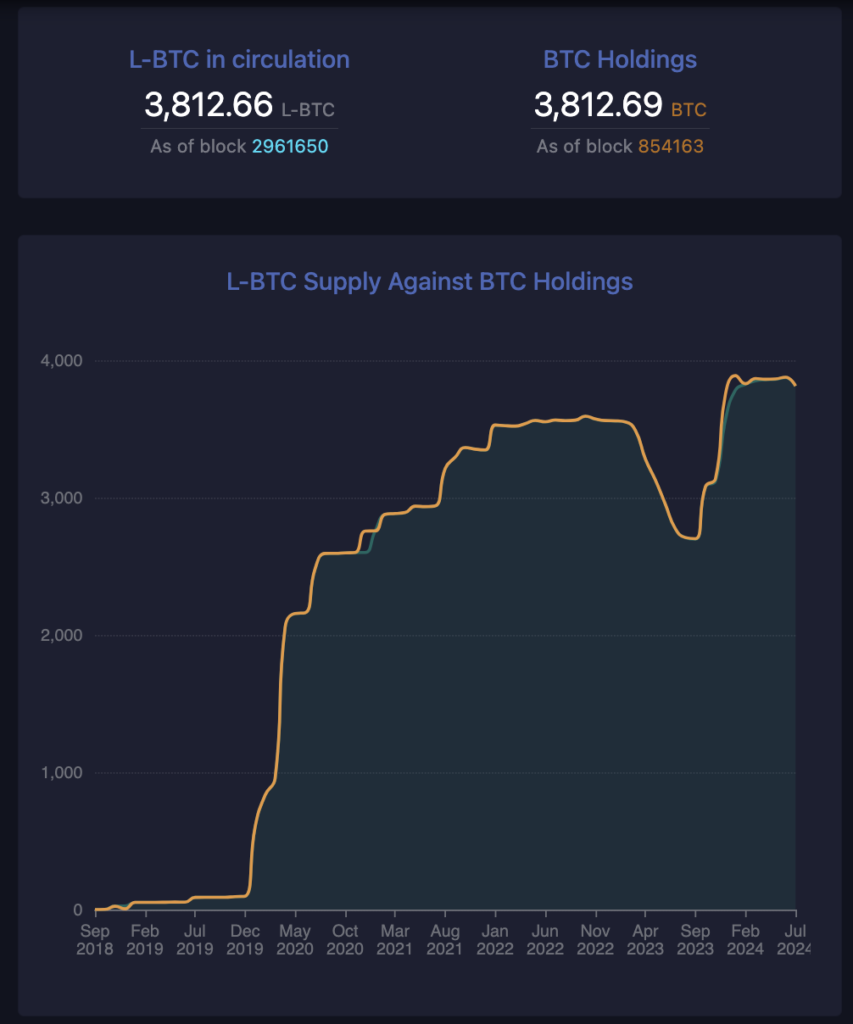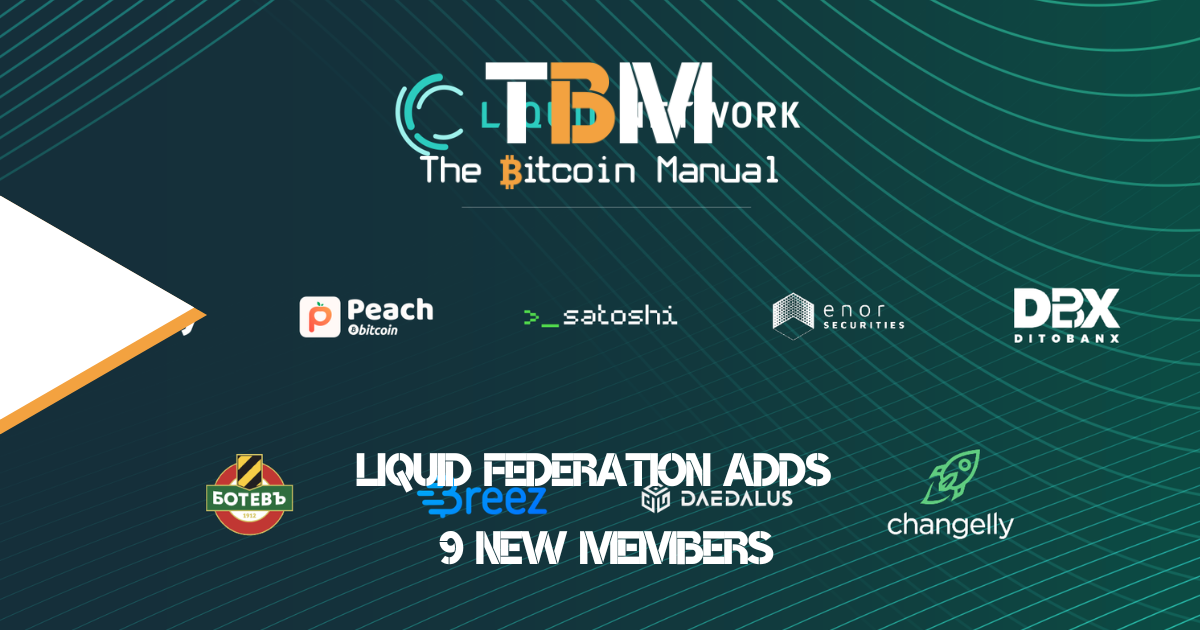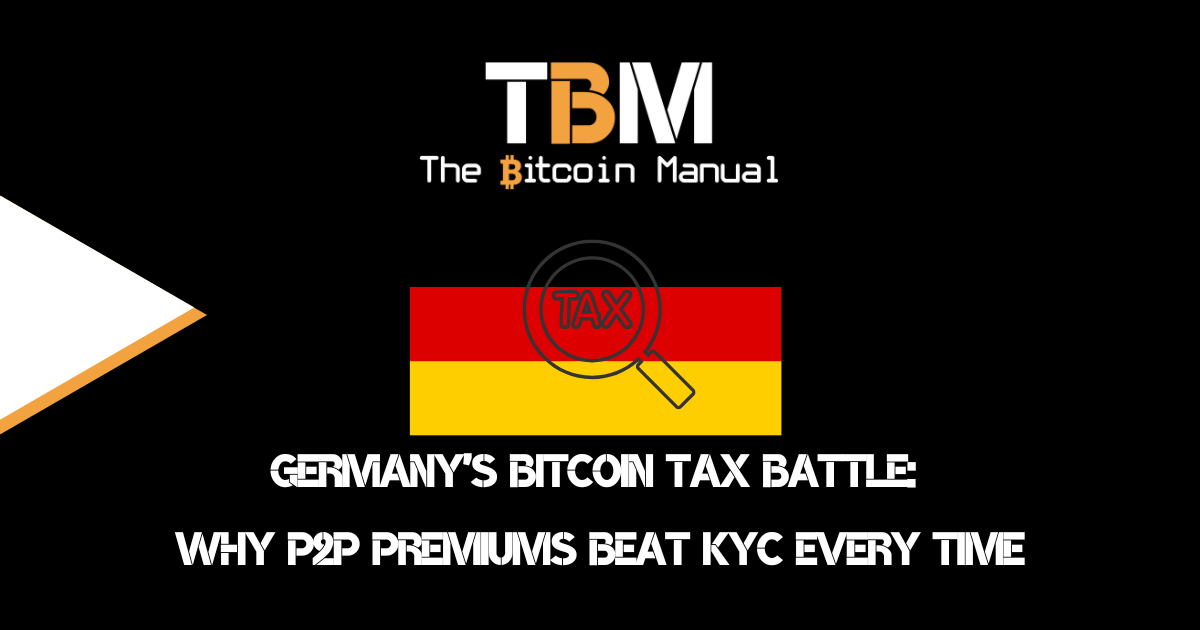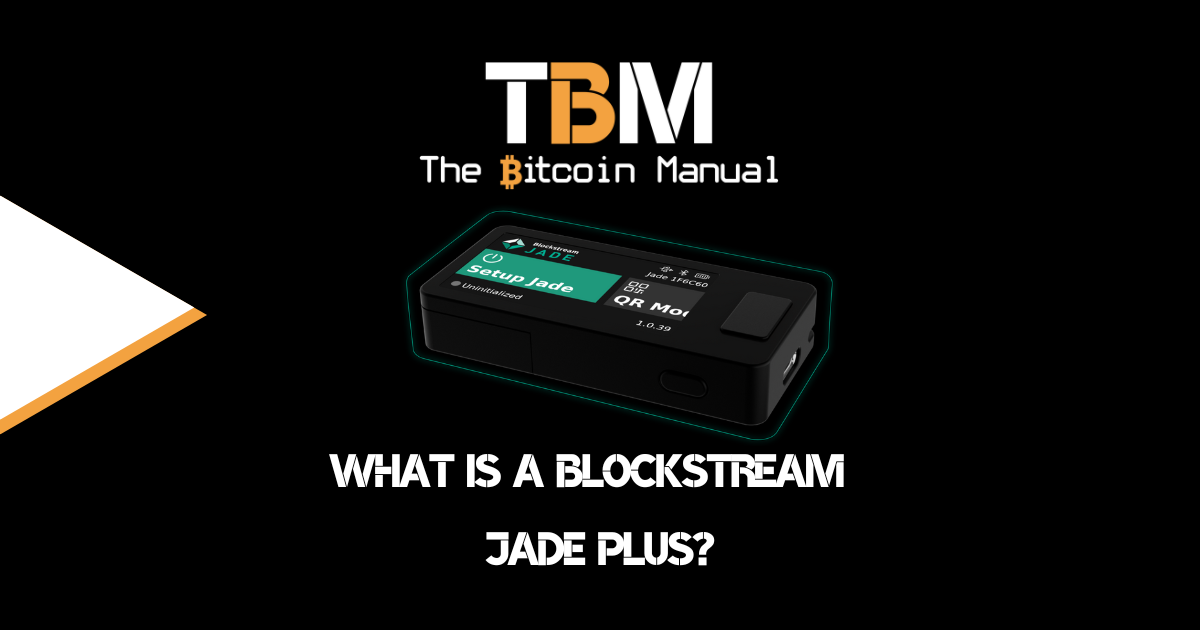On July 16, the Liquid Federation announced the entry of nine new members into the federation of Bitcoin’s sidechain project, which was launched in 2018.
The expansion brings the total number of participants to 73.
The network currently secures over $1.6 billion in asset value, including more than 3,800 BTC and other assets like L-USDT, BMN, BASIC Note and other STOs pegged into the network.
The Liquid blockchain went live with the first block generated on September 27, 2018, at 1:29 UTC. Kicking off with 23 founding Liquid members, including Altonomy, Atlantic Financial, Bitbank, Bitfinex, Bitmax, BitMEX, Bitso, BTCBOX, BTSE, Buull Exchange, DGroup, Coinone, Crypto Garage, GOPAX (operated by Streami), Korbit, L2B Global, OKCoin, The Rock Trading, SIX Digital Exchange, Unocoin, Xapo, XBTO, and Zaif.
Over the last six years, it has added 50 new members.

What is the Liquid Federation?
The Liquid Federation is a network of companies and organisations that validate transactions on the Liquid Network, a Bitcoin sidechain. It’s essentially a group of trusted entities that ensure the security and efficiency of the Liquid ecosystem.
Think of it as the backbone that supports Liquid’s faster, cheaper, more private transactions compared to the main Bitcoin blockchain. Instead of having miners who compete with each other by producing hash rate to solve blocks, Federation members take turns to sign blocks for the Liquid Network.
It’s not so much a race to the next block to compete for fees and block rewards because there are no block subsidy rewards, but more of a collaborative effort to keep the network operational for all users.
Why Does the Federation Need to Grow?
If we look at the amount of funds locked into Liquid and Lightning, they aren’t too far apart. The two scaling solutions target different markets and user bases and offer each user a different set of trade-offs.
For the end user, Liquid looks and feels just like the base chain. You can run a node, spin up a wallet, and send and receive funds on the network without needing to worry about channel capacity or connecting to peers. It’s simple enough to work with and offers some extra features, like confidential transactions.
As the cost to use the base-chain fluctuates and smaller transactions are marginalised, users who want to perform those transactions have two options, the Lightning route (either custodial or non-custodial) or put their faith in these federation members, not to cut a rug and provide an experience that they are familiar with from using the base-chain.
As the value locked in Liquid and the number of transactions increase, so does the demand for robust security and scalability.
Funds are pegged in Liquid; now what?
Launching layer two is not easy; you’re taking a gamble that your trade-off from the base chain will appeal to a large enough user base to get it off the ground, and so far, Liquid hasn’t had the best time of it.
Hardcore Bitcoiners avoid it due to its trust model, while the average Bitcoin user doesn’t know it exists because very few wallets and exchanges support it.
Liquid is not found where the normies buy Bitcoin, like Coinbase, Kraken, or Binance. As a result, a large percentage of Bitcoin volume is stuck in exchanges with no native access to Liquid.
So, the only way to get Liquid in front of more eyeballs is to tap into the local network effect created by various businesses that use Bitcoin.
A larger federation means:
- Increased Decentralisation: A broader range of participants strengthens the network’s resistance to censorship and attacks on paper, but if enough want to collude or are compromised, it really doesn’t matter how many members switch up to sign blocks.
- Enhanced Security: More validators contribute to a more secure network, reducing the risk of smaller members colluding or being taken down by governments in certain parts of the world.
- Testing its scalability: A larger federation means Liquid is available to more people, added to more wallets, and and available as a payment method at more businesses. Thus, it increases its reach and puts its blocks under some much-needed pressure. If you’ve ever checked a liquid block during relatively low fee times, it’s a ghost town.
New Members Bring Fresh Value to Liquid
The recent addition of nine new members to the Liquid Federation is promising, but adding more members doesn’t automatically improve the network or its usage; that comes when these federation members start to integrate the side chain into their project.
While most of the new members are likely to use Liquid for enterprise solutions, a few members are looking to give consumers a taste of the side chain.
Today, we welcome nine new members.
— Liquid Network 🌊 (@Liquid_BTC) July 16, 2024
This expands the Liquid Federation to a total of 73 Bitcoin-focused members, which now includes major P2P platforms, Lightning companies, and leaders in the digital asset space.
Let's meet the new members. 🧵https://t.co/681cmJhgtO pic.twitter.com/c6blYkXYPw
Alby Wallet has already started testing Liquid low-key, allowing users to sign into a Liquid wallet using Alby and store a Liquid Network private key in their browser wallet, but it has yet to go full-blown with the offering.
Among the notable new additions to the Liquid Federation is the Swiss-based peer-to-peer exchange Peach Bitcoin. Peach is working to integrate Liquid to support API functionality for buying and selling L-BTC and plans to integrate swaps from Lightning to Liquid and vice versa using Boltz. This makes sense as P2P trading is highly affected by on-chain fees, and having Liquid makes it easier for P2P traders to settle in Liquid Assets or move between various layers of Bitcoin inside their app.
Another one I would watch out for is Breez wallet; they’ve always been pretty focused on providing an easy onboarding to Lightning and have built up a following of users who swear by their app, so adding Liquid might give their already fee-sensitive users another option to trade with Bitcoin.
Who are the new Liquid Federation members?
| Member | Service |
|---|---|
| Alby | Browser wallet |
| Botev Plovdiv | Football Club |
| Breez | Mobile wallet |
| Changelly | CEX |
| Daedalus Labs | Fintech |
| Ditobanx | Fintech |
| eNor Securities | Fintech |
| Peach Bitcoin | P2P exchange |
| Spirit of Satoshi | LLM Chat Bot |
What do these federation members do?
- Alby: A mobile wallet and browser extension focused on Bitcoin, Lightning, and Nostr. Joining the Liquid Federation aligns with Alby’s mission of providing users with a seamless Bitcoin experience.
- Botev Plovdiv: A Bulgarian football team has taken a liking to decentralised protocols like Bitcoin and Nostr.
- Breez: A mobile Lightning and Bitcoin wallet that emphasizes user experience. Their inclusion in the federation can enhance Liquid’s accessibility for a wider audience of users who already use L2 Bitcoin.
- Changelly: A cryptocurrency exchange platform offering a variety of digital assets. By joining the Liquid Federation, Changelly can expand its services to include Liquid-based assets.
- Daedalus Labs: A technology company specialising in blockchain solutions. Their technical prowess can contribute to the development of innovative applications on the Liquid network.
- Ditobanx: A digital asset banking platform. Their participation can strengthen Liquid’s position as a platform for financial institutions.
- eNor Securities: A firm focused on digital securities. Their involvement can accelerate the growth of tokenised securities on the Liquid network.
- Peach Bitcoin: A Bitcoin-focused company with a strong community presence. Their participation can help to broaden Liquid’s adoption among Bitcoin enthusiasts and helps provide a cheaper P2P trading option.
- Spirit of Satoshi: A company developing a Bitcoin-centric large language model (LLM). Their AI expertise can be leveraged to create innovative tools and services for the Liquid ecosystem.
“We are delighted to welcome nine new members to the Liquid Federation in what represents yet another sign of the Liquid Network’s pivotal role in shaping a decentralized future built on top of Bitcoin”
said Dr. Adam Back, co-founder and CEO of Blockstream
Still lacking a few steps
By expanding its membership, the Liquid Federation is positioning itself as a strong foundation for the future of Bitcoin and its associated applications. However, it still lacks an off-ramp for using Liquid as a medium of exchange.
It’s good to give users easier ways to access liquid and transfer funds between different users, but is no one accepting Liquid settled for goods and services? So far, I’ve only seen BTCPay Server offer up a way for merchants to add Liquid support, and it’s a pain in the arse to set up.
Nevertheless, it’s an exciting time for the Liquid ecosystem, and we can expect to see further advancements as we prep for the next bull run and a high-fee environment; who knows, this cycle could be the one where Liquid starts to gain traction.
Do your own research.
If you want to learn more about Liquid Federation members, use this article as a starting point. Don’t trust what we say as the final word. Take the time to research other sources, and you can start by checking out the resources below.




